Northern Thailand offers travelers two remarkable cities that often compete for attention on itineraries: Chiang Mai and Chiang Rai. Both destinations showcase the unique culture and natural beauty of the region, yet each carries its own distinct character and advantages. Making the right choice between these two gems depends largely on what you’re seeking from your Thai adventure.
Here is a comparison of key aspects of Chiang Mai and Chiang Rai to help you determine which city better matches your travel preferences.
Size and Atmosphere
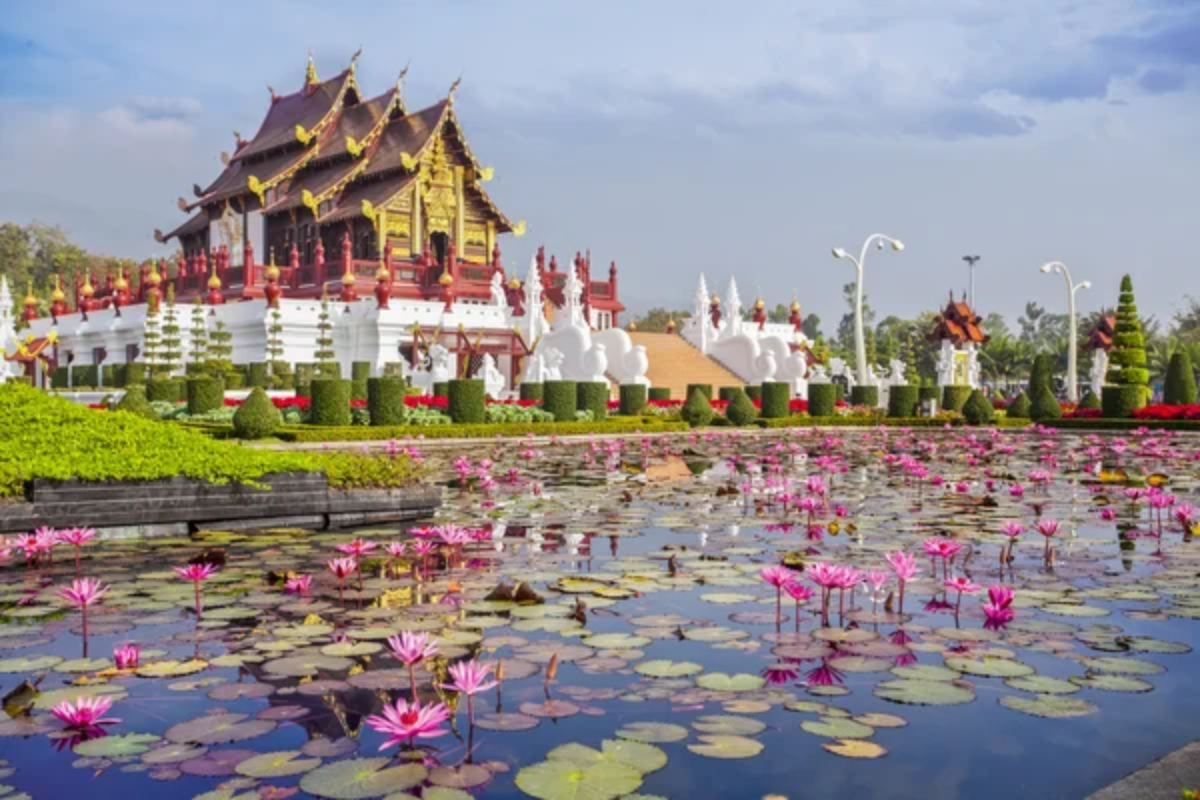
Chiang Mai stretches across a much larger area, with approximately 1.2 million residents in its metropolitan region, creating a bustling city vibe while maintaining pockets of tranquility. Chiang Rai, with roughly 200,000 inhabitants, offers a more intimate small-town feel where the pace is noticeably slower and the atmosphere more relaxed.
Historical Significance
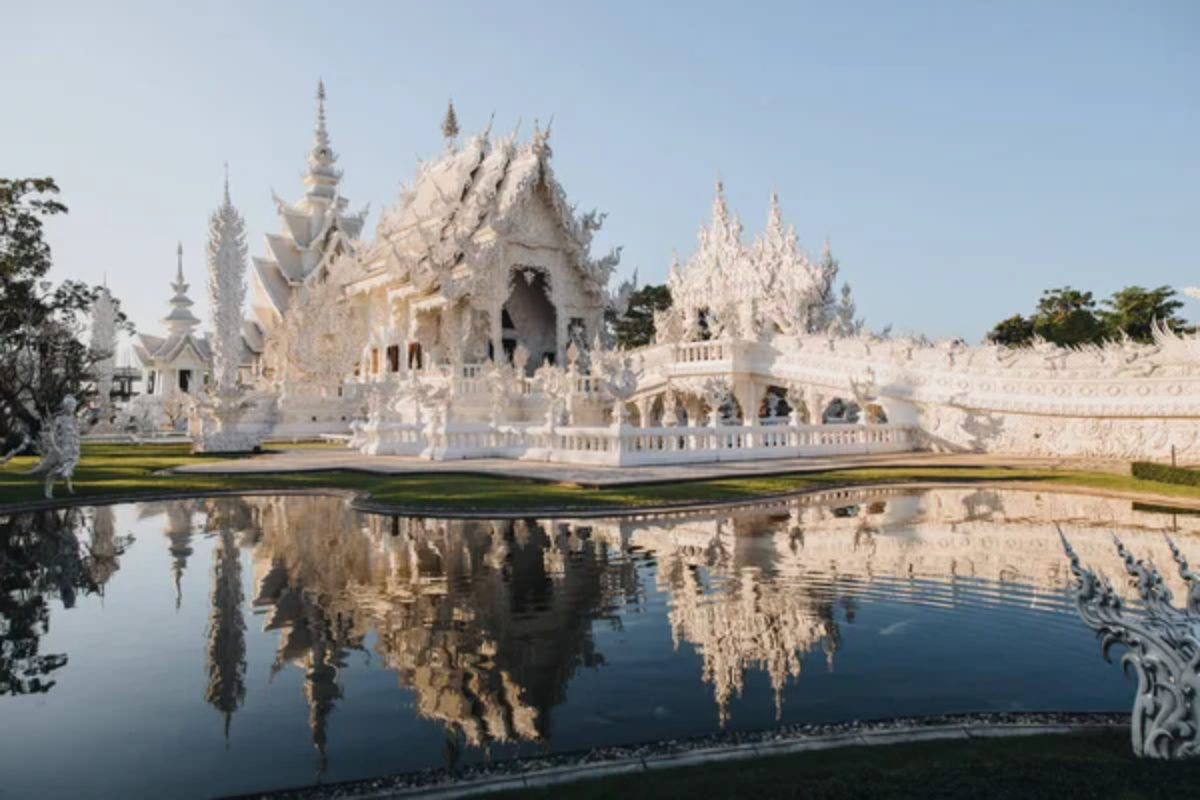
Chiang Mai boasts over 700 years of history as the former capital of the Lanna Kingdom, with its perfectly preserved Old City and ancient moat showcasing this rich heritage. Chiang Rai, while slightly older (founded in 1262), carries a subtler historical footprint but compensates with significant cultural importance as the birthplace of several revered Thai artists and monks.
Like Travel Pug’s content? Follow us on MSN.
Temple Architecture
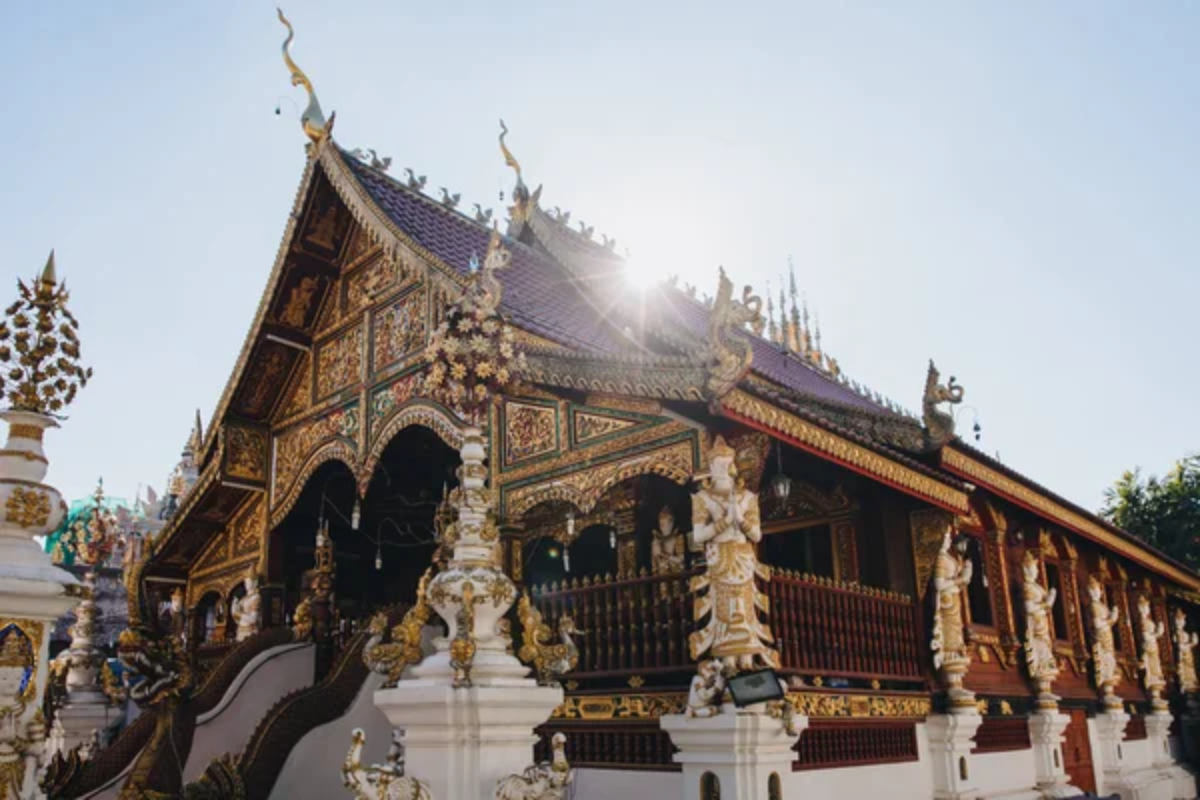
Chiang Mai features over 300 temples with Wat Phra That Doi Suthep’s golden chedi dominating the mountainside and Wat Chedi Luang’s massive ancient ruins drawing crowds. Chiang Rai counters with fewer but uniquely striking temples like the contemporary White Temple (Wat Rong Khun), the Blue Temple (Wat Rong Suea Ten), and the less-visited Black House (Baan Dam) that together form an artistic trinity unlike anywhere else in Thailand.
Food Scene
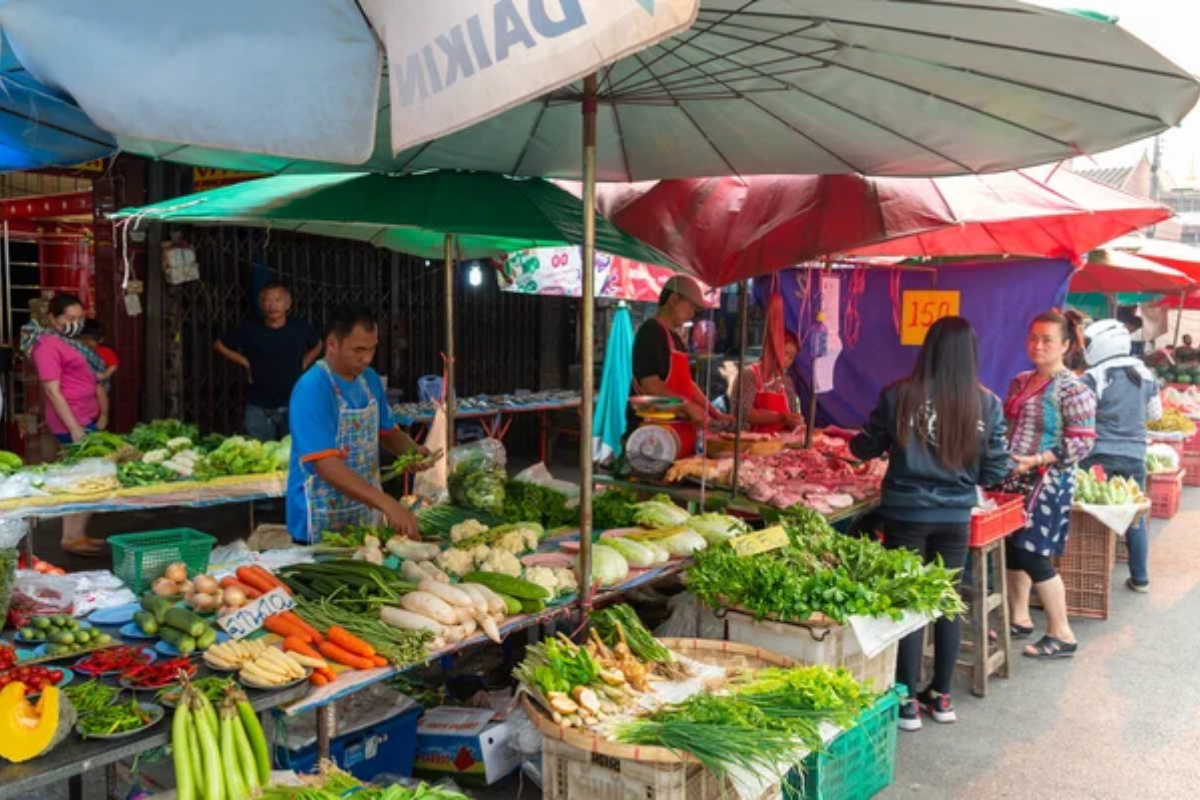
Chiang Mai has developed into a culinary powerhouse with hundreds of restaurants ranging from authentic northern Thai cuisine to sophisticated international fare, plus a thriving coffee culture and night markets filled with food vendors. Chiang Rai offers a more authentic and less commercialized northern Thai food experience with fewer tourist-oriented establishments but exceptional local specialties like gaeng hang lay (northern curry) and nam ngiao (tomato and pork soup).
Nightlife Options
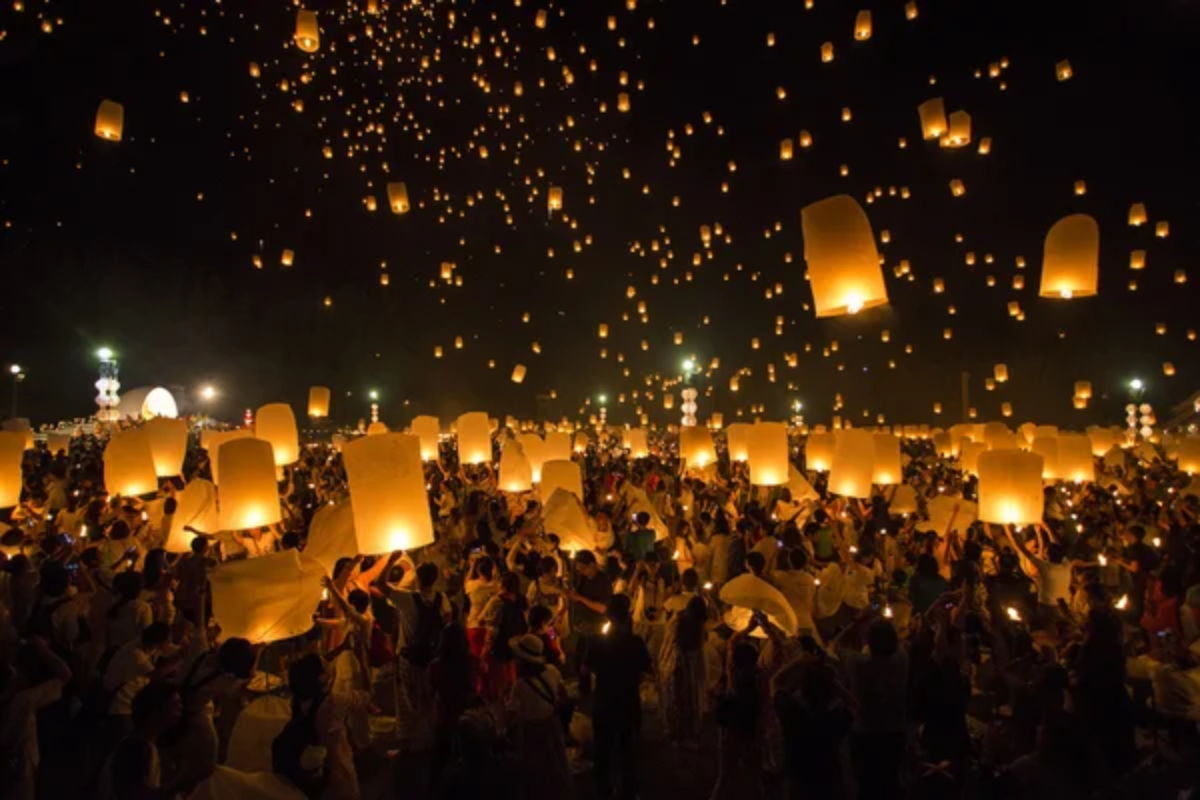
Chiang Mai delivers a diverse nightlife with popular areas like Nimman Road featuring trendy bars, live music venues, and nightclubs catering to both locals and tourists until late hours. Chiang Rai maintains a subdued evening scene with a handful of relaxed bars around the clock tower and night bazaar, perfect for travelers who prefer quieter evenings or early mornings.
Like Travel Pug’s content? Follow us on MSN.
Shopping Experiences

Chiang Mai is a shopper’s paradise with its famous Night Bazaar, Sunday Walking Street, and Saturday Walking Street markets, offering everything from handcrafted souvenirs to designer goods across sprawling market grounds. Chiang Rai’s central Night Bazaar and Weekend Walking Street are more compact yet still offer authentic hill tribe crafts with notably fewer crowds and a more relaxed shopping atmosphere.
Accessibility

Chiang Mai International Airport connects directly to major Asian hubs with dozens of daily flights, making it exceptionally easy to reach from both international and domestic locations. Chiang Rai’s smaller airport offers limited connections, primarily to Bangkok, requiring more planning and potentially additional travel legs for international visitors.
Accommodation Range

Chiang Mai features an extensive range of lodging options from $10 hostels to $500+ luxury resorts, with particularly strong offerings in the boutique hotel category that blend local design with modern amenities. Chiang Rai provides fewer accommodation choices overall but offers excellent value with mid-range hotels typically costing 30-40% less than comparable properties in Chiang Mai.
Like Travel Pug’s content? Follow us on MSN.
Digital Nomad Infrastructure
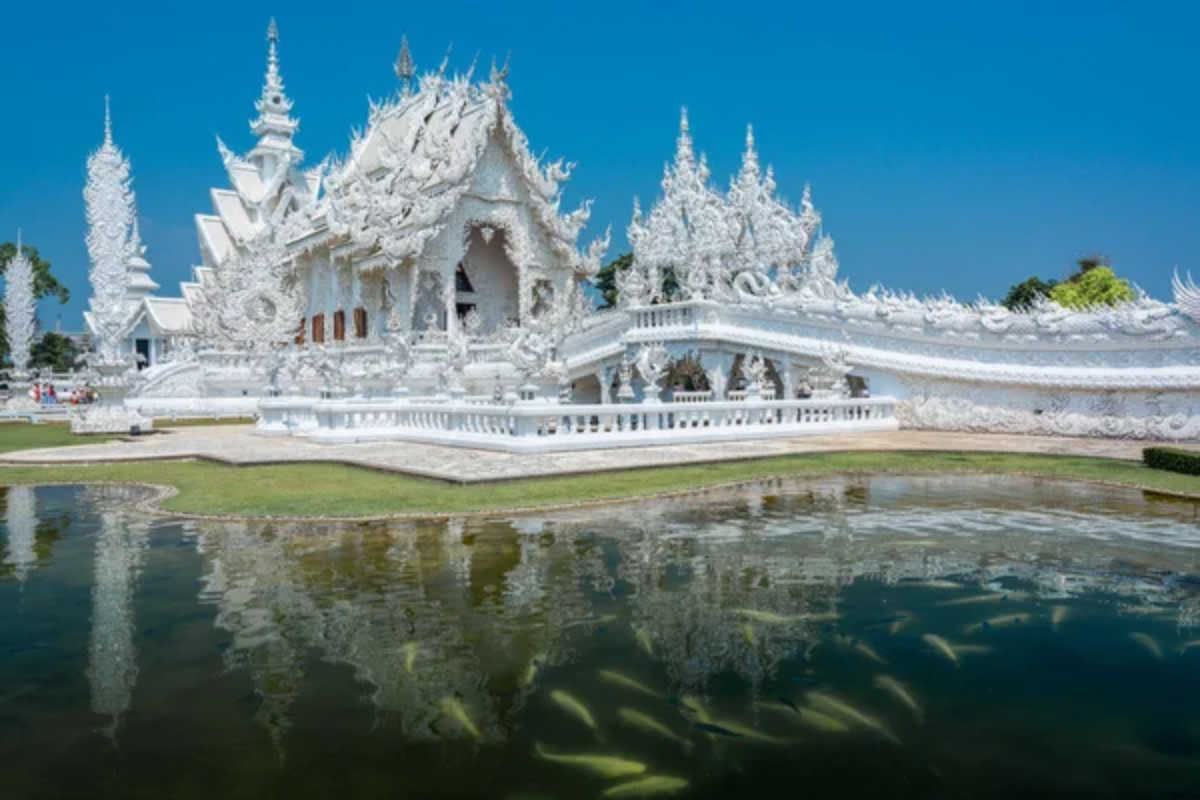
Chiang Mai has established itself as Southeast Asia’s digital nomad capital with countless co-working spaces, reliable high-speed internet, and a large community of location-independent professionals. Chiang Rai lags in dedicated digital infrastructure but compensates with increasingly reliable internet and significantly lower living costs, appealing to those who prioritize quietude over networking opportunities.
Outdoor Adventures

Chiang Mai serves as a gateway for numerous outdoor activities with elephant sanctuaries, zipline courses, and mountain biking trails all within 30 minutes of the city center. Chiang Rai offers access to more remote natural attractions including the Golden Triangle region, Mekong River excursions, and lesser-known hiking routes through tea plantations and mountain villages.
Proximity to Hill Tribes
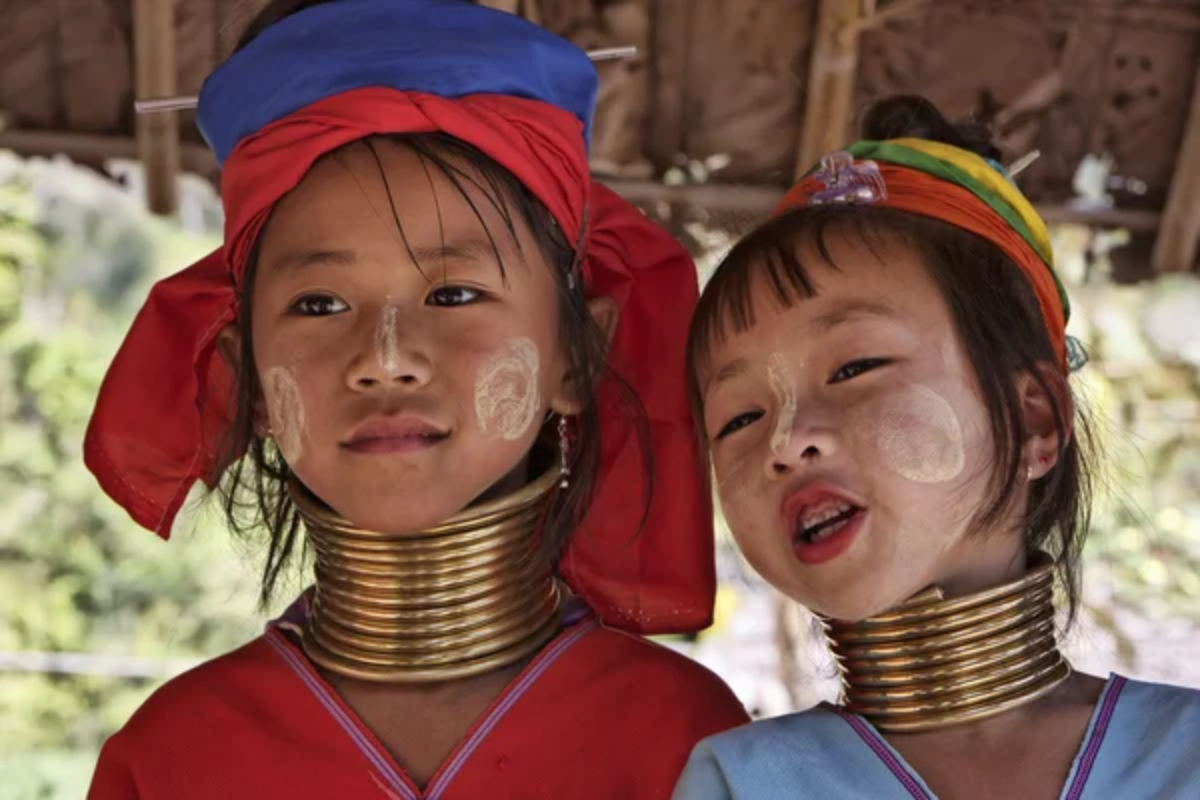
Chiang Mai provides organized hill tribe tours, but these often feel commercialized with villages that cater specifically to tourists. Chiang Rai offers more authentic connections with hill tribe communities like the Akha, Lisu, and Karen, as many groups maintain traditional lifestyles in the surrounding mountains just a short drive from town.
Like Travel Pug’s content? Follow us on MSN.
Weather Patterns

Chiang Mai experiences slightly hotter temperatures year-round, with average highs often reaching the mid-90s°F during March through May. Chiang Rai, sitting at a higher elevation, enjoys marginally cooler temperatures with evening temperatures in particular dropping lower, especially during winter months (November-February).
Day Trip Opportunities
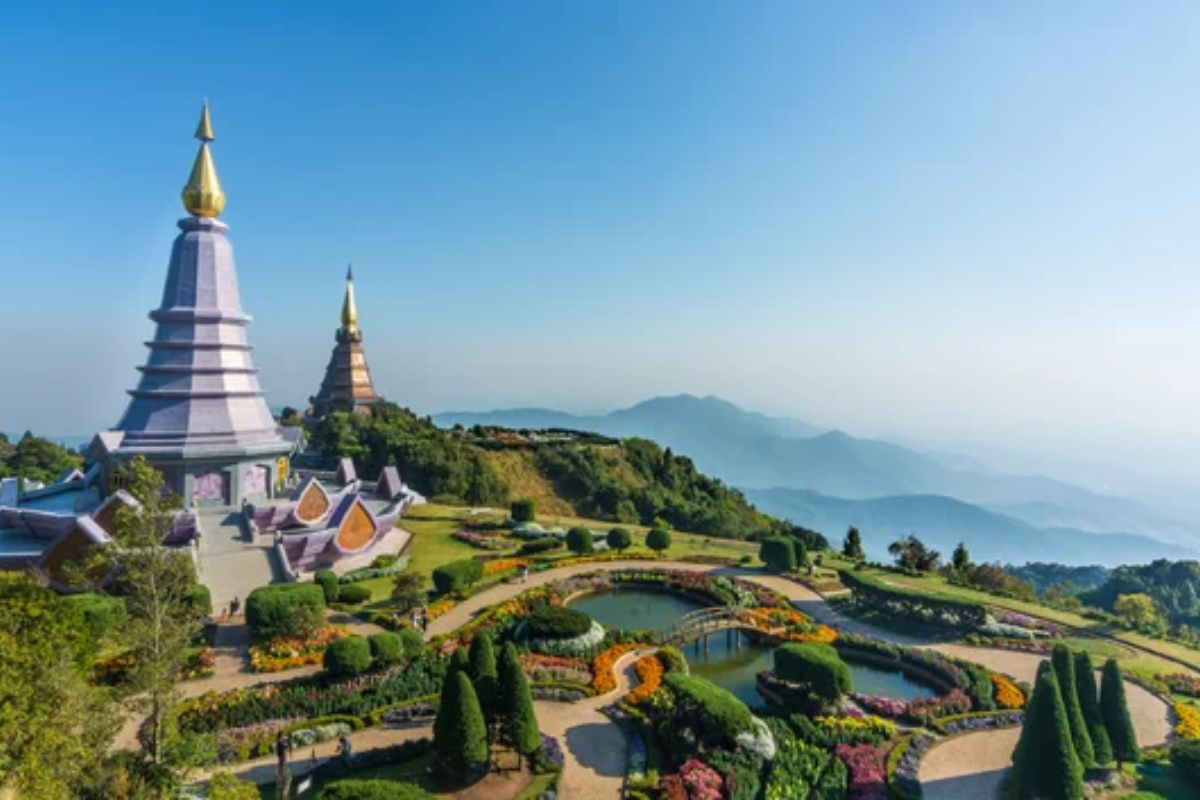
Chiang Mai positions visitors perfectly for day trips to Doi Inthanon (Thailand’s highest mountain), Doi Suthep-Pui National Park, and numerous elephant sanctuaries all within easy reach. Chiang Rai serves as the ideal base for exploring the Golden Triangle, where Thailand, Laos, and Myanmar meet, along with tea plantations, hot springs, and the stunning Chiang Rai White Temple—all manageable as day excursions.
Expat Community
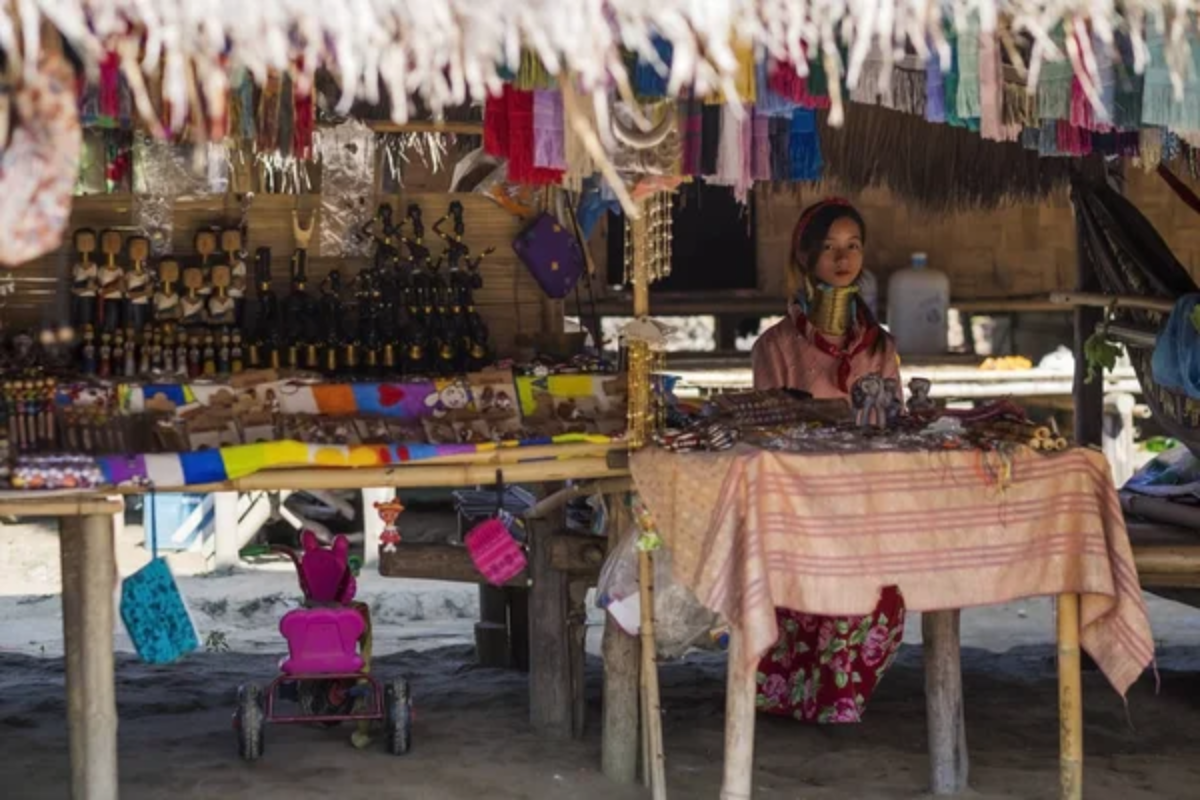
Chiang Mai hosts a substantial expat population numbering in the thousands, creating a multicultural environment with social groups, international schools, and western amenities readily available. Chiang Rai maintains a much smaller foreign community, offering fewer organized expat activities but potentially more meaningful integration with local Thai culture.
Like Travel Pug’s content? Follow us on MSN.
Medical Facilities

Chiang Mai features world-class private hospitals like Chiang Mai Ram and Lanna Hospital with English-speaking doctors, international standards, and specialized departments catering to medical tourists. Chiang Rai’s medical facilities, while adequate for routine care, are more limited for specialized treatment, with Overbrook Hospital being the primary option for visitors requiring western-standard healthcare.
Language Barrier
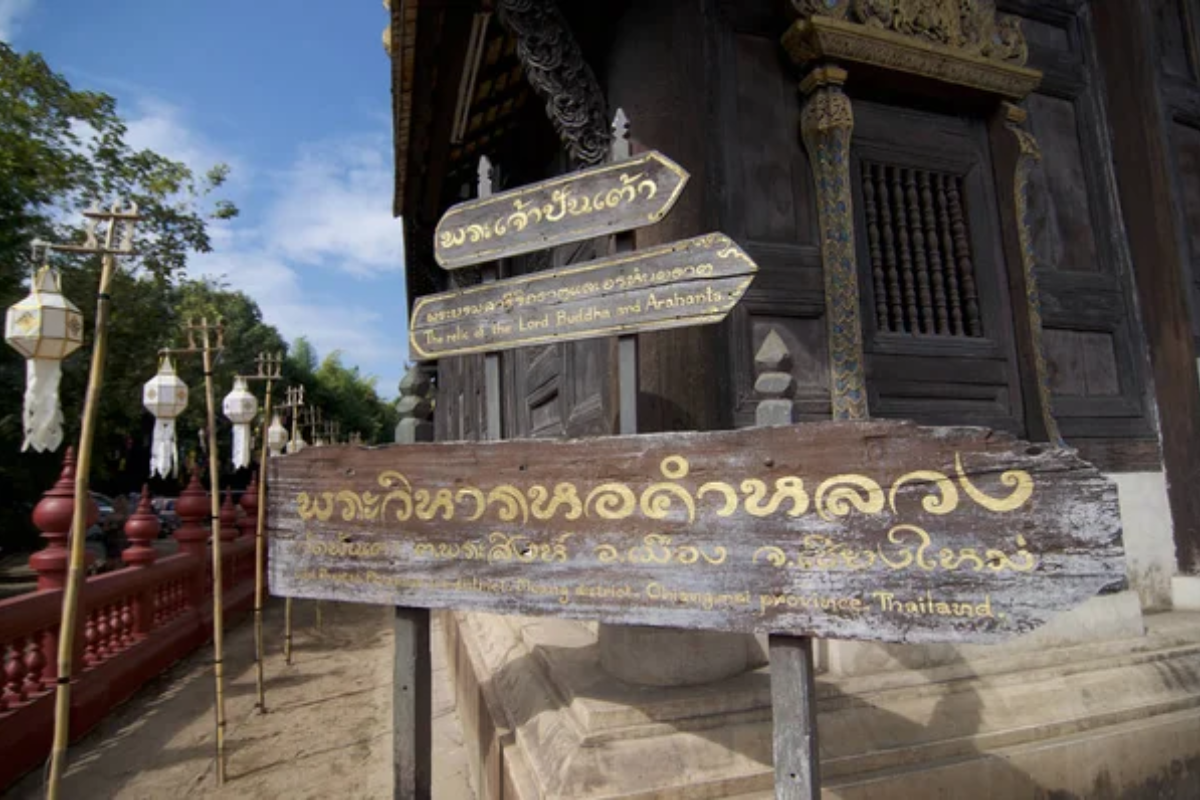
Chiang Mai’s tourism industry has fostered widespread English usage, particularly in Old City and Nimman areas, where communication rarely poses significant challenges. Chiang Rai residents have noticeably less English proficiency outside tourist establishments, making basic Thai phrases more valuable for visitors seeking deeper local interactions.
Cost Differences

Chiang Mai prices have increased with its popularity, though it remains affordable by western standards with decent meals available for $3-5 and comfortable accommodations from $30-50 nightly. Chiang Rai offers approximately 20-30% lower prices across nearly all categories—from food to accommodation to activities—creating an excellent value proposition for budget-conscious travelers.
Like Travel Pug’s content? Follow us on MSN.
Traffic Conditions

Chiang Mai suffers from increasingly congested roads, particularly during rush hours and tourist high season, with navigating the city sometimes becoming frustratingly slow. Chiang Rai maintains relatively open roads with minimal congestion, making travel within and around the city significantly more relaxed and time-efficient.
The Northern Choice
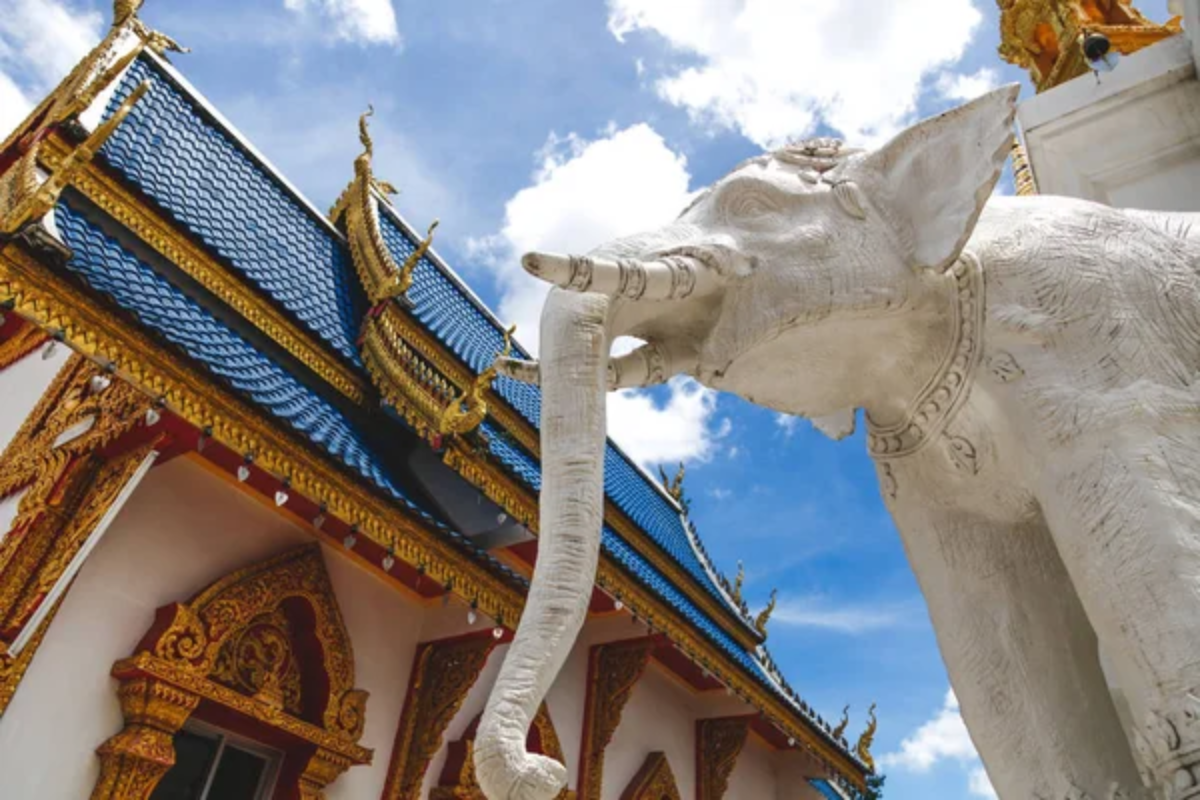
Both cities capture northern Thailand’s unique charm through different lenses—Chiang Mai through its cosmopolitan energy and established tourism infrastructure, Chiang Rai through its artistic soul and preserved authenticity. Your ideal choice ultimately depends on whether you value convenience and options or seek deeper immersion in a less commercialized setting that more closely resembles Thailand of decades past.
More from Travel Pug

- 20 Destinations That Were Once Thriving but Are Now Quietly Disappearing
- 15 Hidden Spots in Disney World’s Magic Kingdom Most Visitors Miss
- 20 Once-Popular Beach Towns That Are Now Ghostly Empty
- 20 Beautiful US Lakefront Towns Where You Can Live for Under $2000 a Month
- 20 Caribbean Islands That Are Safer Than People Think
Like Travel Pug’s content? Follow us on MSN.
